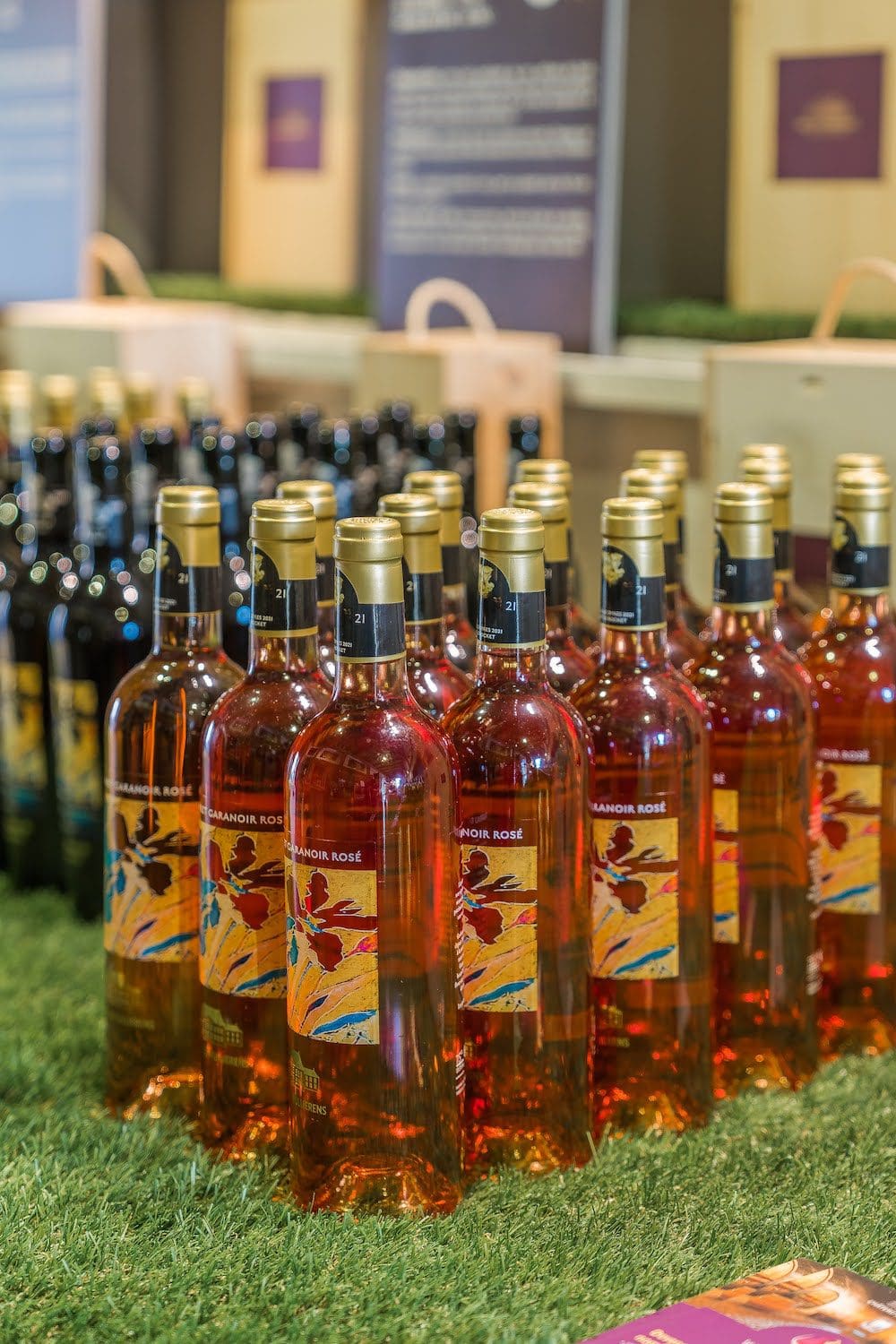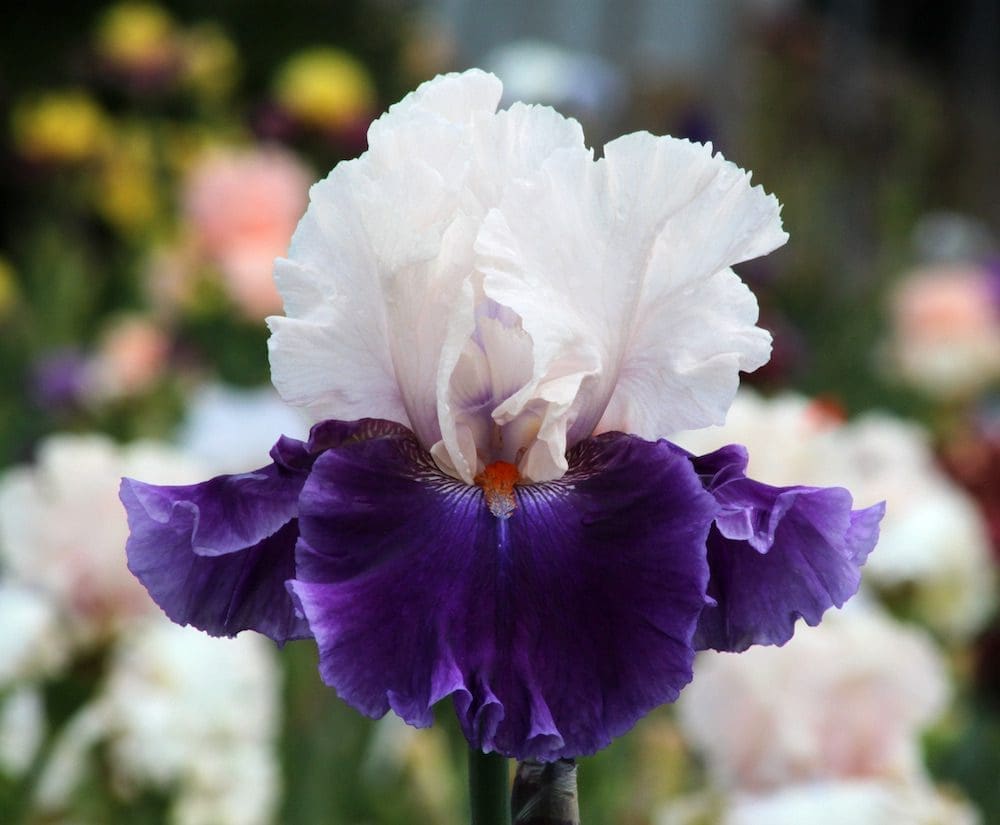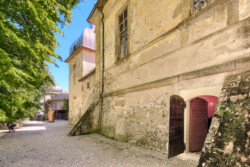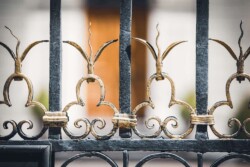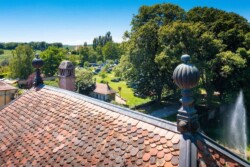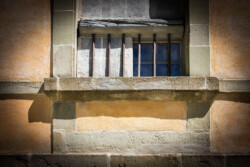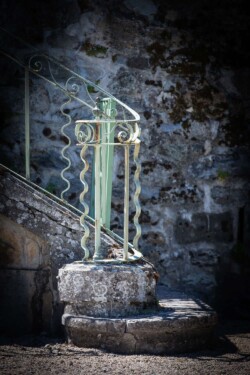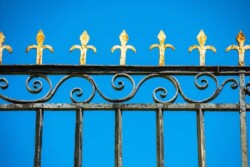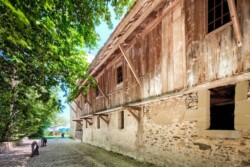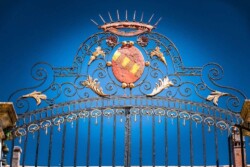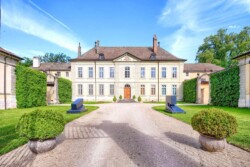History
a unique family heritage in Switzerland
a historical heritage dating from the 13th century
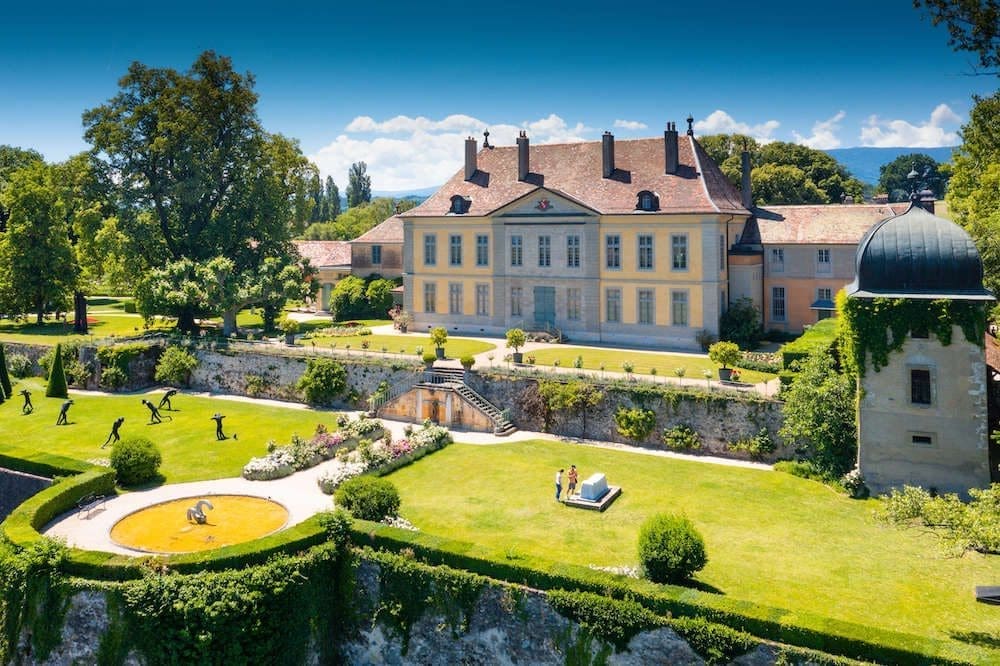
The first Château
The first record of the parish of Willerens, part of the barony of Cossonay, can be traced back to 1228. In 1308 Pierre de Duin was granted permission to build a fortified house with dwellings on the land, becoming its first lord. This imposing fortress, similar in structure to Château de Vufflens, was dominated by a square tower with machicolations. On his marriage to Guillermette de Duin, Guillaume de Colombier took possession of the fortress, and the land remained the property of their descendants until the family line was extinguished in the sixteenth century.
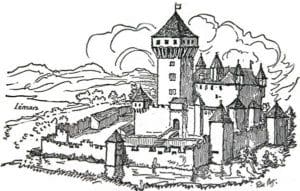
In 1421 Vullierens became a banneret seignory, part of the bailiwick of Vaud, and was given to Henri de Colombier, lord of Vufflens. Through marriage and inheritance, Vullierens remained with the de Colombiers then went to the Allinges, until 1665 when it was given to Henri de Mestral by sovereign decree. Since then, the estate has remained with the de Mestral family and its direct descendants. The father of the current owner inherited the Château in 1950 from his mother, Georgina Bovet de Mestral. The Château as it stands today was built by Gabriel-Henri de Mestral, comrade-in-arms to Abraham Davel, who was born in Pampigny in 1670.
The Château today
News that a “little Versailles” was being built in the region spread like wildfire.
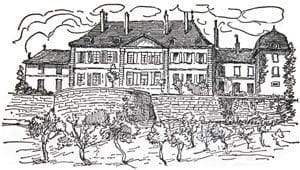
Towards the end of the seventeenth century, news that a “little Versailles” was being built in the region spread like wildfire. Legend has it that when Charles de Chandieu’s beautiful French wife set eyes on the dark and dank castle intended as her future home, she turned on her heels and swore she would return only when a new Château, comparable to those of France, had been built. Anxious to please his bride, Charles ordered that the old fortress be demolished and the present- day Château de L’Isle built to drawings by a student of Mansart. His wife, on returning, must have found the new architecture to her liking as she stayed, and went on to give her husband 11 children.
Naturally, such an event didn’t go unnoticed among the other ladies of the region. They too were little enamoured of the uncomfortable fortresses where they spent their days behind heavy walls, in rooms where daylight barely penetrated. And so, circa 1706, Gabriel-Henri de Mestral called on the same architect to draw up plans to transform Vullierens – with the condition that certain features of the feudal castle remain, namely three towers (one was demolished in the 1900s to open up the view onto Mont Blanc), that part of the ramparts supporting the present-day terrace, and the outbuildings. The rest was demolished and the stone reused for the new building, which was finished in 1712.
Equal care was afforded to the inside of the Château. Tapestries were commissioned from the prestigious Aubusson workshops in France. Craftsmen from China were employed to create exquisite wallpapers. The decoration for one of the wood-panelled salons was also executed by Chinese artists. Another salon was lined with beautifully embossed Cordoba leather. Château de Vullierens presents a fine example of the architecture of its period, not a single alteration having been made to its exterior since it was completed in 1712. Even the layout of the different rooms is unchanged. It is also one of the few remaining illustrations of an authentic eighteenth-century seigneurial residence, still with its period tapestries and furniture. Indeed, Gabriel-Henri de Mestral stipulated in his will that the Château’s furnishings were not to be dispersed. Château de Vullierens remains the de Mestral family home and is therefore not open to the public. A family heritage, part of Swiss history.

Read more
Modern heritage conservation tools
Deprived of its feudal resources and unable to receive agricultural subsidies, this historic heritage depends on three new sources of income to ensure its survival. These are entirely dedicated to its conservation and to reducing the operating deficit.
The old vineyard has been replanted and extended to the south of the Château, covering six hectares. The vines are planted with Chasselas, Pinot Noir, Gamay, Gamaret, Garanoir and Galotta. It produces 6 “Grand Cru” wines in the Morges appellation: a Chasselas, a Pinot Noir, a Gamaret, a Garanoir, a Gamaret-Garanoir rosé and a Galotta. A brut nature, grape ale, made with chasselas must is also produced. Environmentally-friendly viticulture has been practised throughout the estate for many years. Maturity is monitored on a parcel-by-parcel basis to determine the harvest date, yields are limited in the vineyard, and the grapes are harvested by hand and sorted into small crates to preserve the integrity of the berries.
The Château’s former farmhouse, built in the 16th century, has been adapted and equipped to host events. Inaugurated in 1998 under the name Portes des Iris, it offers top-of-the-range facilities and services for prestigious private and corporate events.
a unique private garden in Switzerland.
Gardens of Vullierens Castle
In the enchanting setting of a remarkably well-preserved estate covering more than a hundred hectares, discover a private garden that is unique in Switzerland.
Here you can admire a fabulous collection of irises and hemerocallis, comprising more than 600 different varieties, as well as a profusion of rhododendrons, late-blooming tulips, fragrant roses and peonies that complete this superb mosaic. The imposing park is home to a collection of contemporary sculptures. Innovative design and an ever-changing range of flowers and scents are on the agenda for years to come.
Visitors can order all the varieties of iris and daylily on display at the Gardens. Many cultural activities are on offer during the Floralies, and the tea room offers a pleasant place to relax in the shade of the birch trees, opposite the art gallery. Château wine tastings and guided tours of the gardens are available by prior arrangement.

